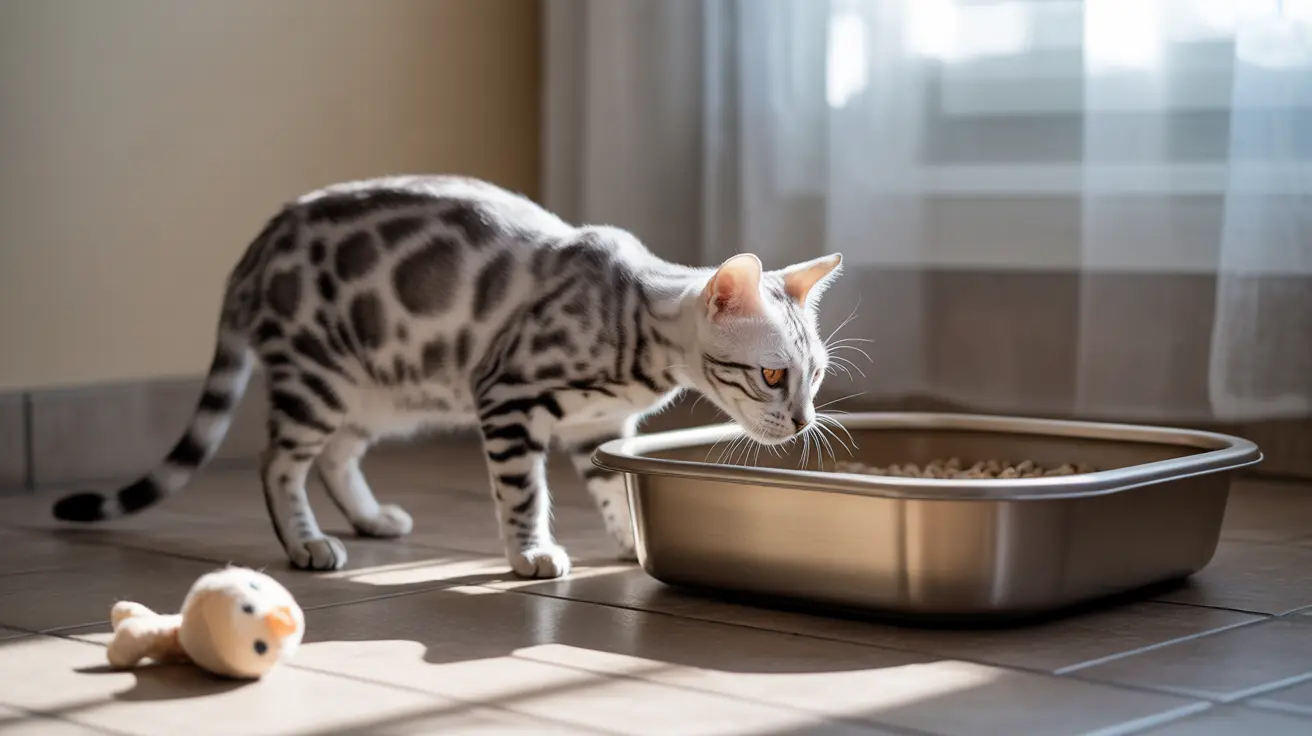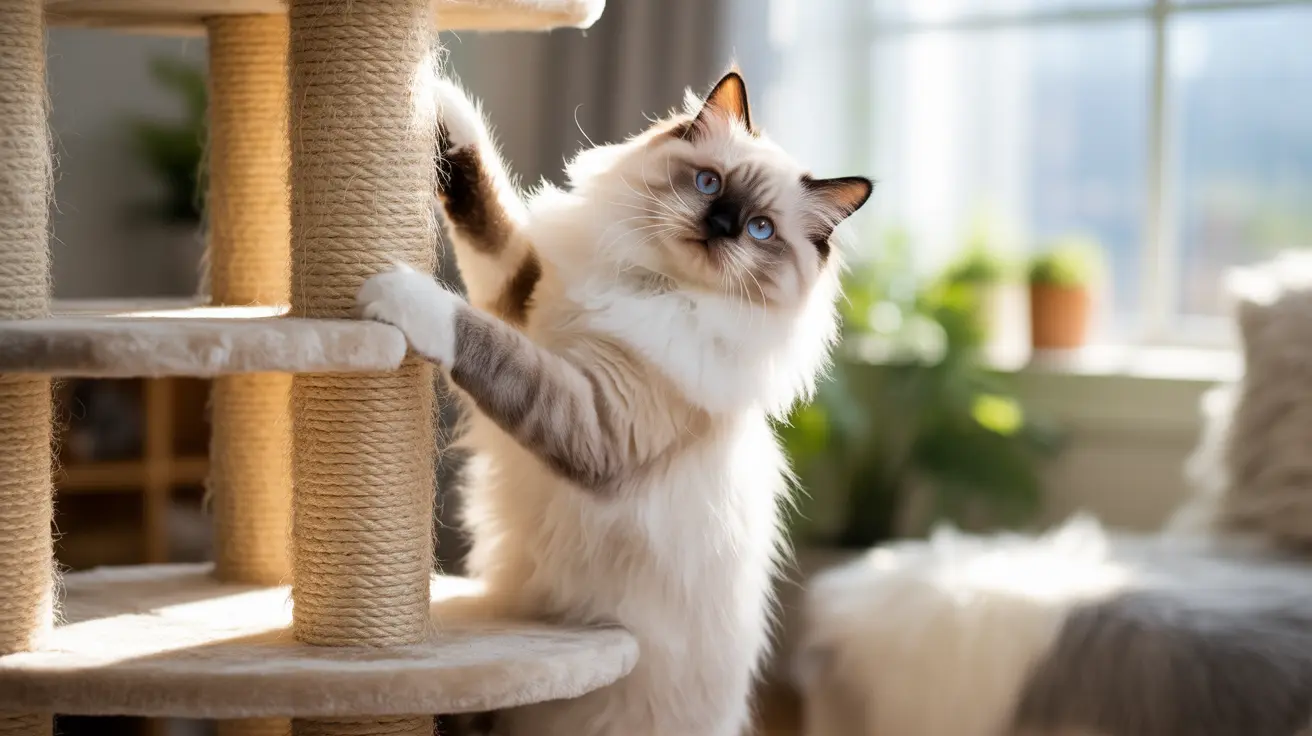Understanding Your Cat's Litter Box Psychology
Cats are naturally clean animals with strong instincts about where they eliminate. Their preferences are often deeply ingrained, making sudden changes potentially stressful. Understanding these natural behaviors is key to a successful transition:
- Natural digging and burying instincts
- Territory marking through elimination
- Preference for consistent routines
- Sensitivity to environmental changes
Selecting the Perfect New Litter Box
The right litter box can make or break your cat's willingness to use it. Consider these crucial factors:
- Size: At least 1.5 times your cat's length
- Height: Low enough for easy access, especially for senior cats
- Style: Covered vs. uncovered based on your cat's preference
- Material: Smooth, easy-to-clean surfaces
- Location accessibility
Creating the Ideal Setup
Location and environment play vital roles in successful litter box transitions:
- Choose a quiet, private area
- Maintain distance from food and water bowls
- Ensure easy access and escape routes
- Provide proper lighting
- Keep the area draft-free
The Transition Process
Step 1: Gradual Introduction
Start by placing the new box near the old one, allowing your cat to discover it naturally. Maintain both boxes initially to prevent accidents and reduce stress.
Step 2: Making the New Box Attractive
Use these techniques to encourage investigation and use:
- Use the same type of litter they're accustomed to
- Keep both boxes scrupulously clean
- Consider using attractant products designed for training
- Reward investigation and use with treats
Step 3: Phasing Out the Old Box
Once your cat consistently uses the new box, begin gradually phasing out the old one:
- Reduce cleaning frequency of old box
- Slowly move old box closer to new location
- Remove old box once new box usage is established
Troubleshooting Common Challenges
If your cat resists using the new box, consider these potential issues:
- Box size or style mismatch
- Undesirable location
- Litter type differences
- Cleanliness concerns
- Environmental stressors
Maintaining Success
Once your cat accepts the new box, maintain their positive habits with:
- Regular cleaning schedule
- Consistent litter depth
- Prompt attention to any changes in behavior
- Positive reinforcement
Frequently Asked Questions
How can I smoothly transition my cat to a new litter box without causing stress or accidents?
Introduce the new box gradually while keeping the old one available. Place both boxes side by side initially, and maintain the same type of litter. Reward your cat for using the new box and only remove the old one once new box usage is consistent.
What size and type of litter box is best for my cat's comfort and habits?
Choose a box that's at least 1.5 times your cat's length and wide enough for comfortable movement. The height should allow easy access, especially for senior cats or kittens. Consider your cat's preferences for covered or uncovered boxes.
How should I choose and prepare the ideal location for a new litter box in my home?
Select a quiet, private area away from food and water bowls. Ensure the location is easily accessible, well-lit, and free from sudden noises or drafts. The spot should offer multiple escape routes and be consistently available.
What is the best way to introduce my cat to a covered or self-cleaning litter box?
Start with the cover off or the self-cleaning function disabled. Allow your cat to become comfortable with the basic box first, then gradually add features like the cover or activate the self-cleaning mechanism over several days or weeks.
How can I encourage my cat to consistently use the new litter box and avoid inappropriate elimination?
Keep the box meticulously clean, maintain a consistent litter type and depth, and use positive reinforcement when your cat uses the box correctly. Address any anxiety triggers in the environment and consult a vet if problems persist.
Conclusion
Successfully transitioning your cat to a new litter box requires patience, understanding, and attention to detail. By following these guidelines and remaining consistent with your approach, you can help your cat adapt to their new facilities while maintaining proper elimination habits.
Remember that every cat is unique, and what works for one may not work for another. Stay attentive to your cat's preferences and behaviors, and be prepared to adjust your approach as needed for the best results.






